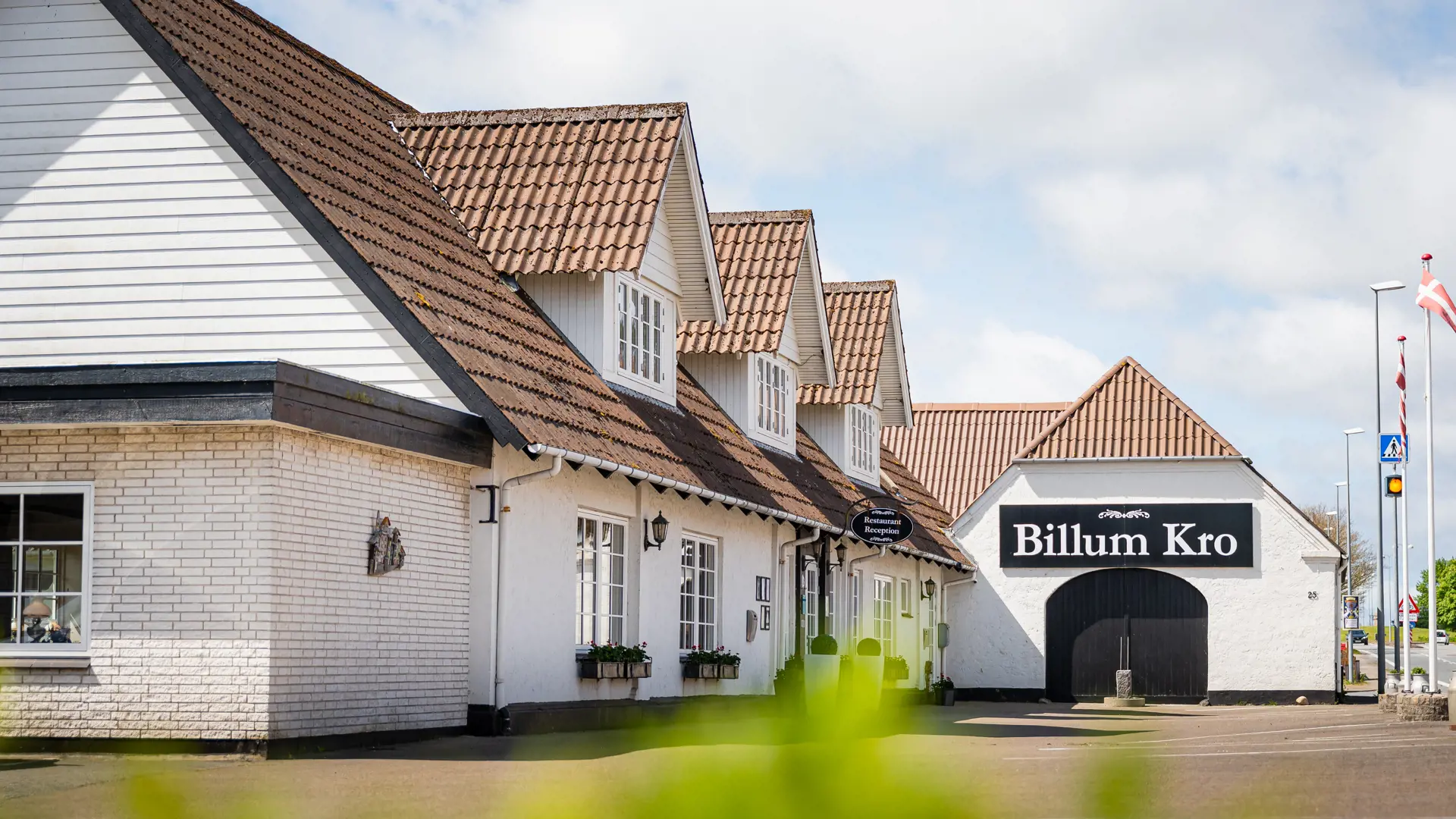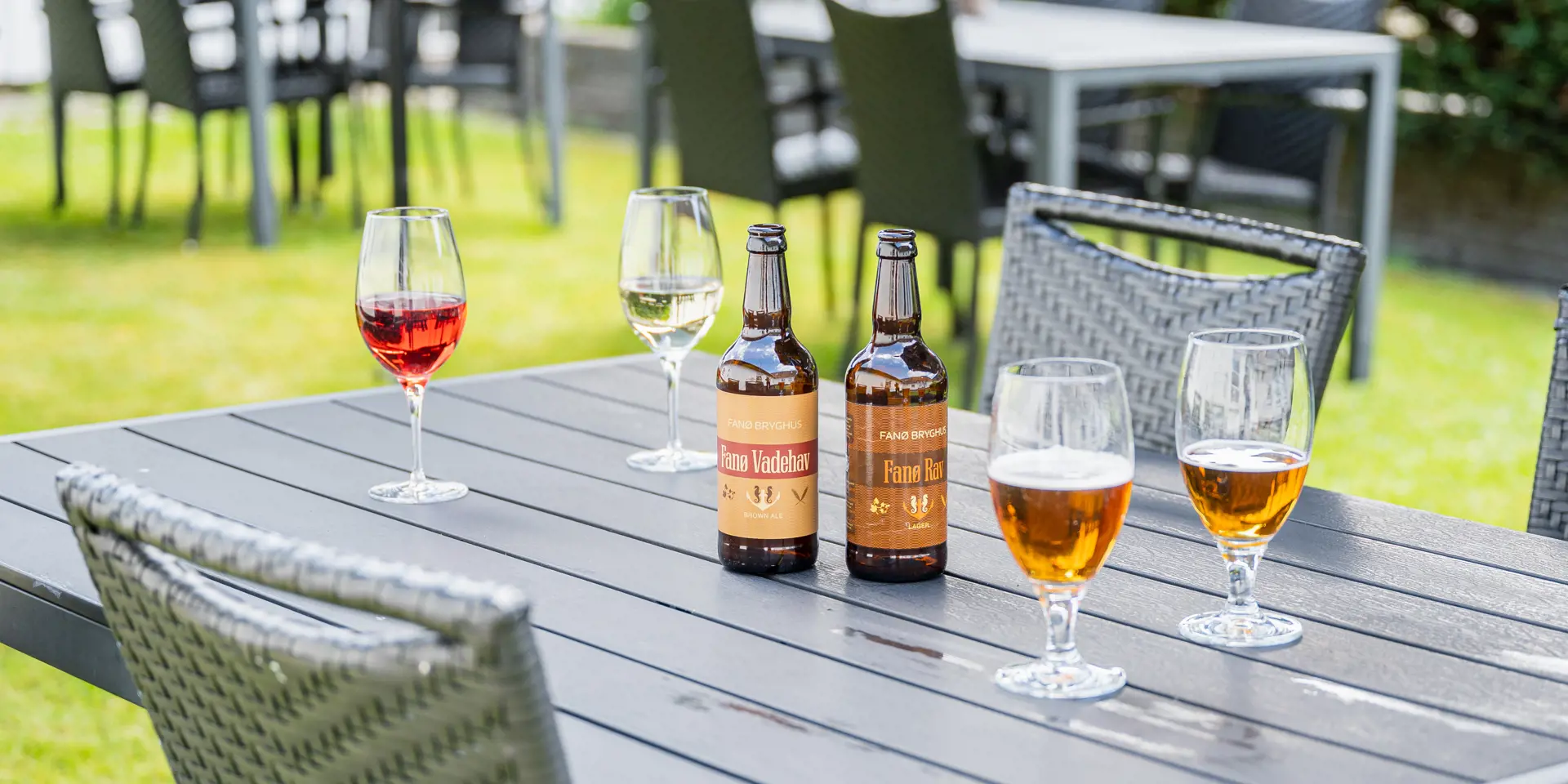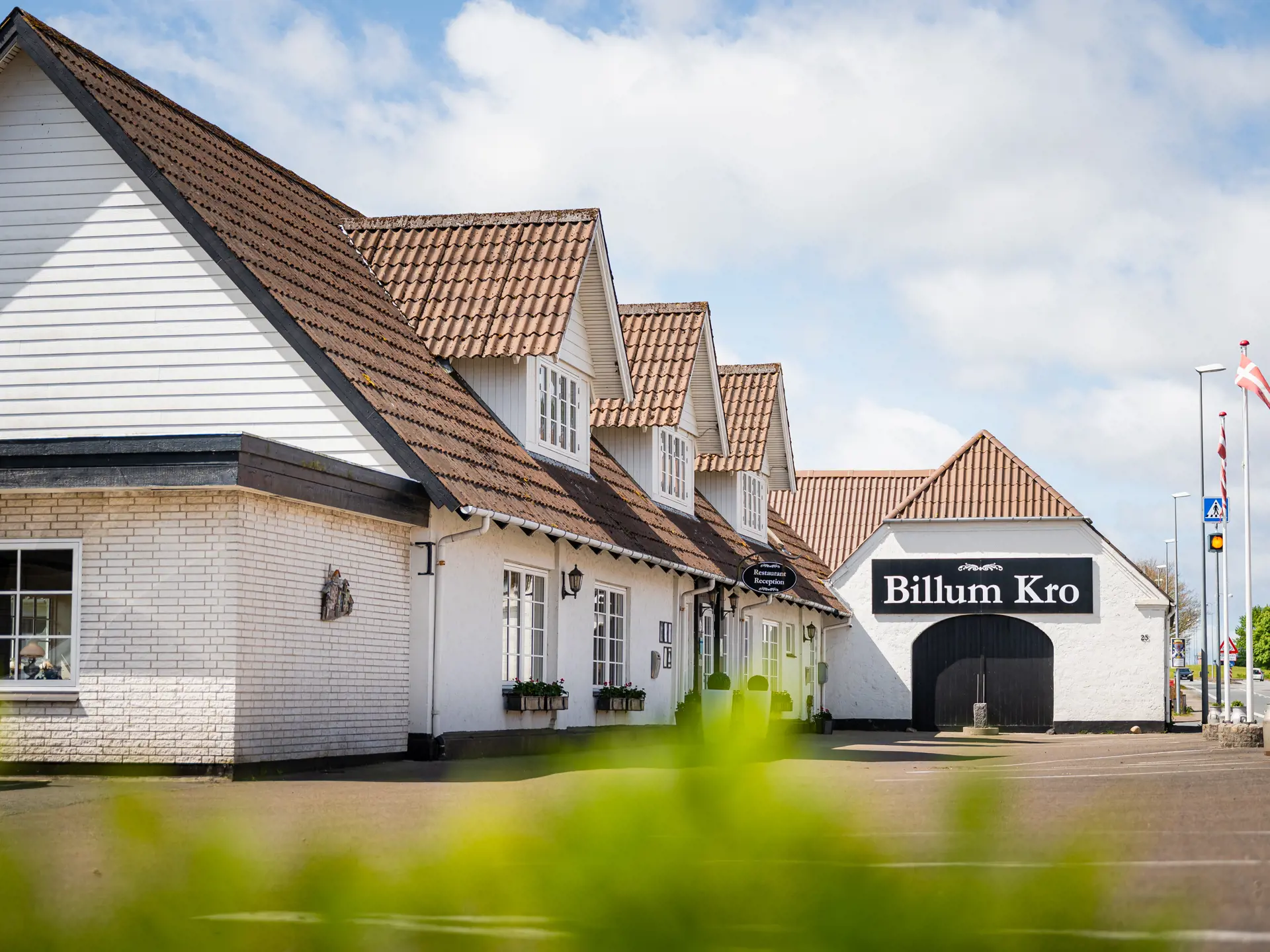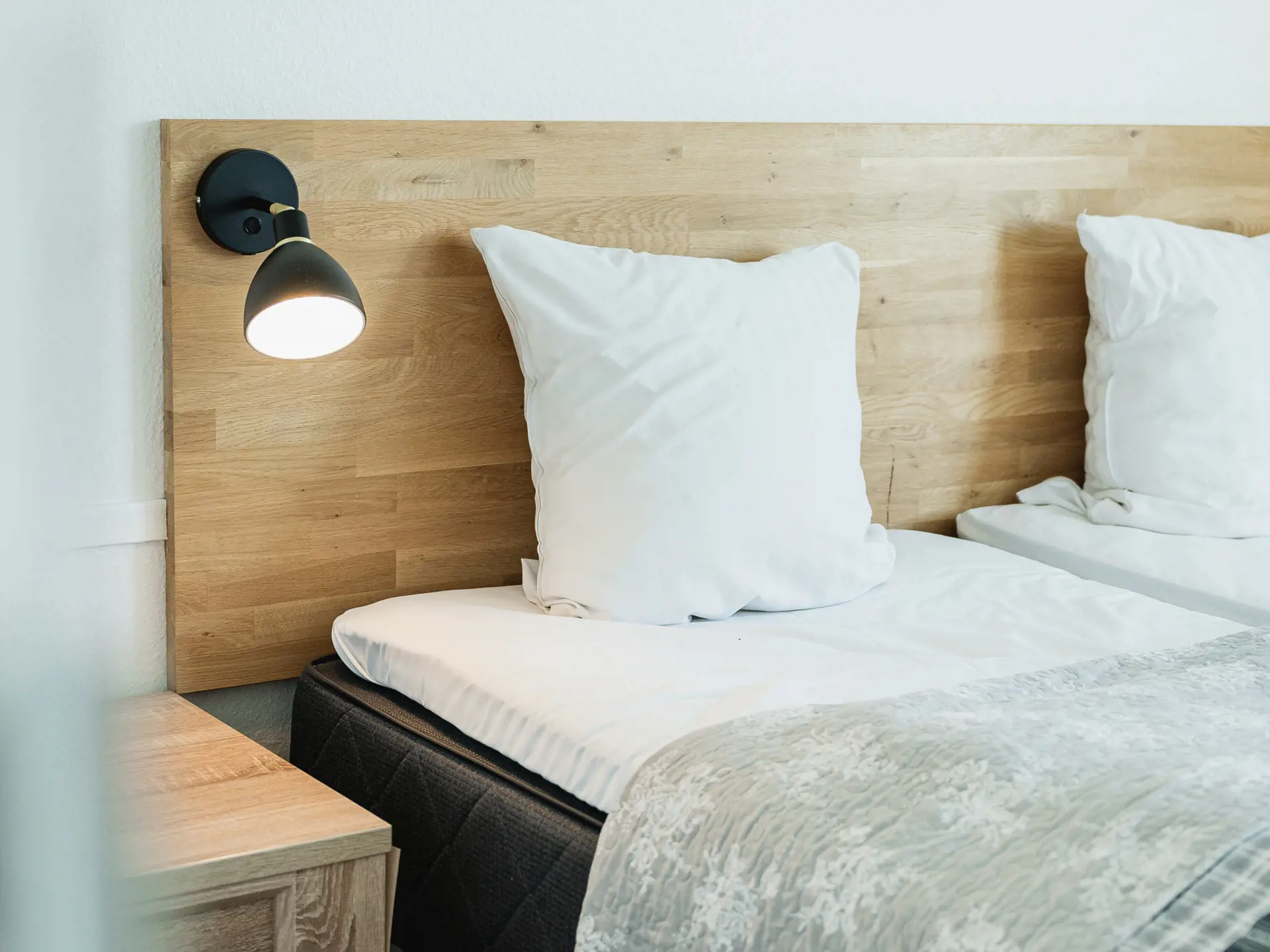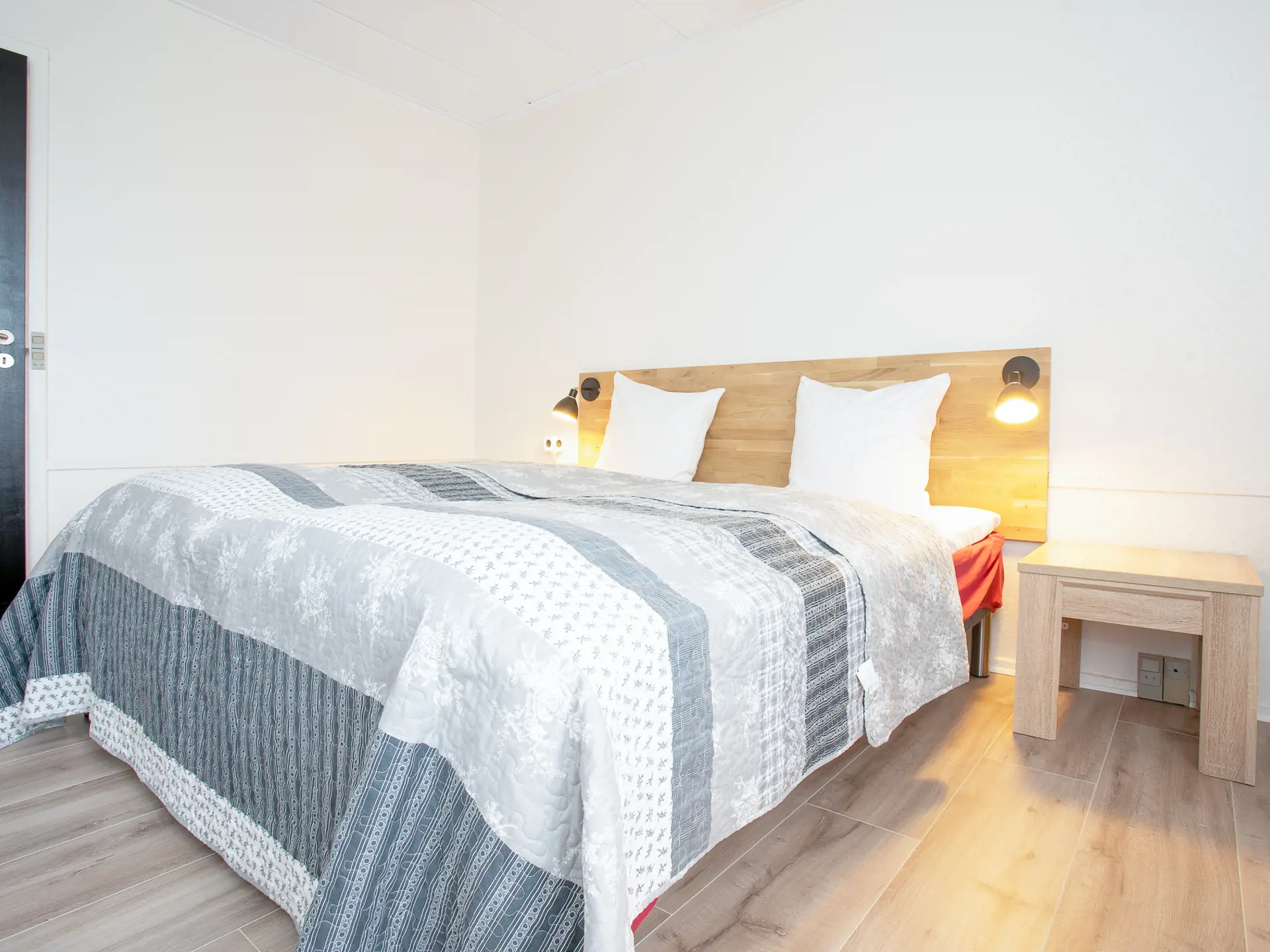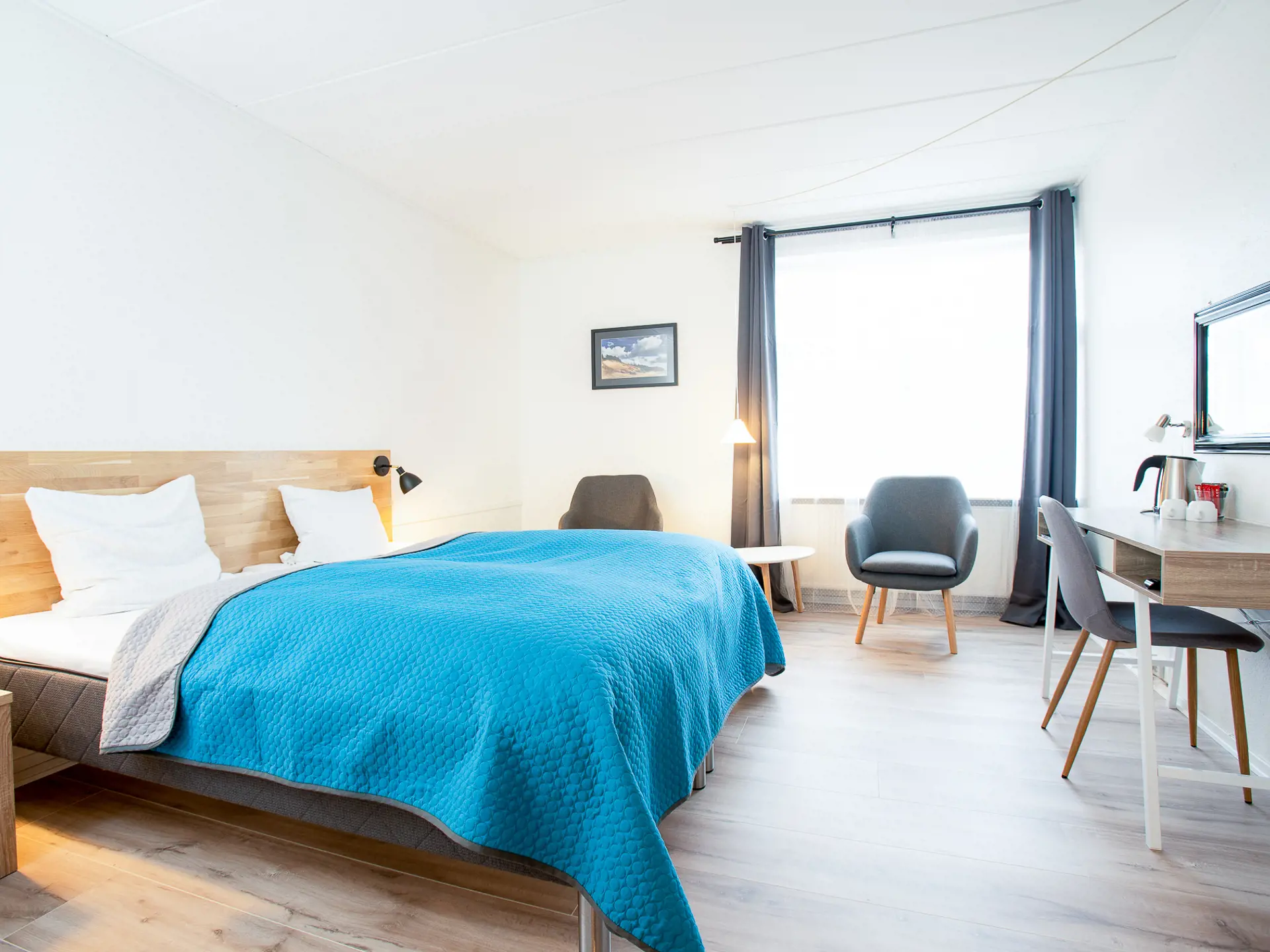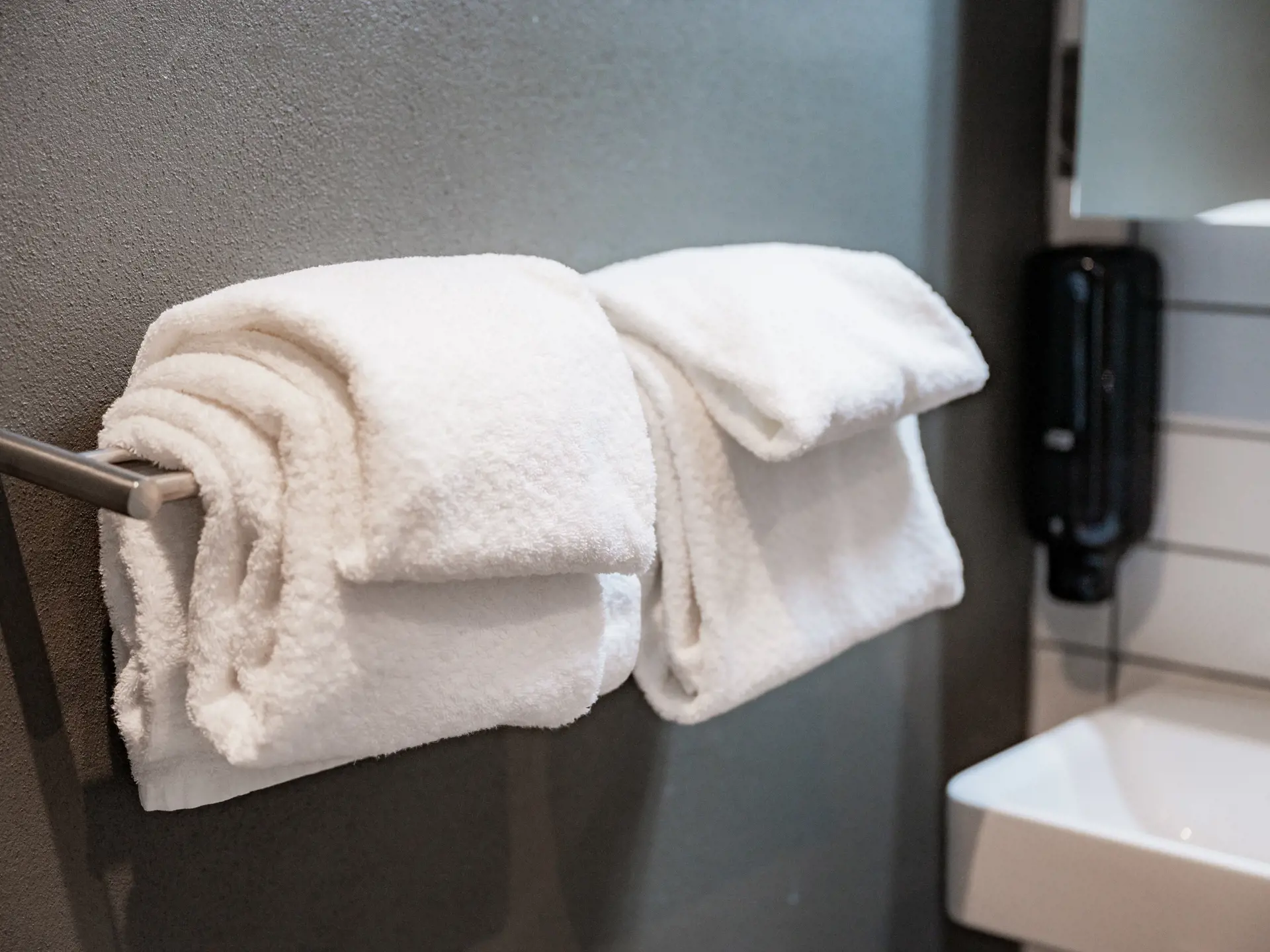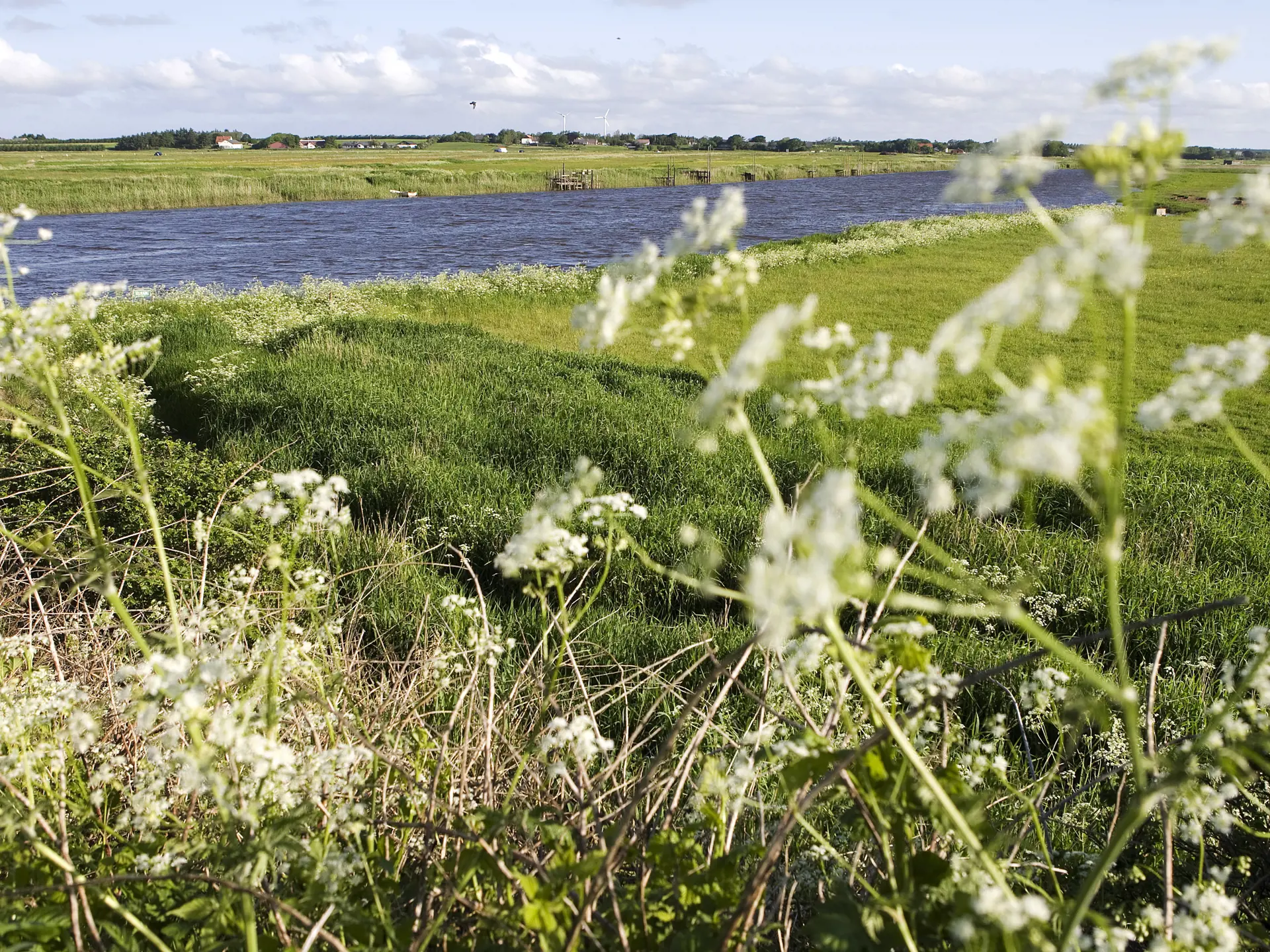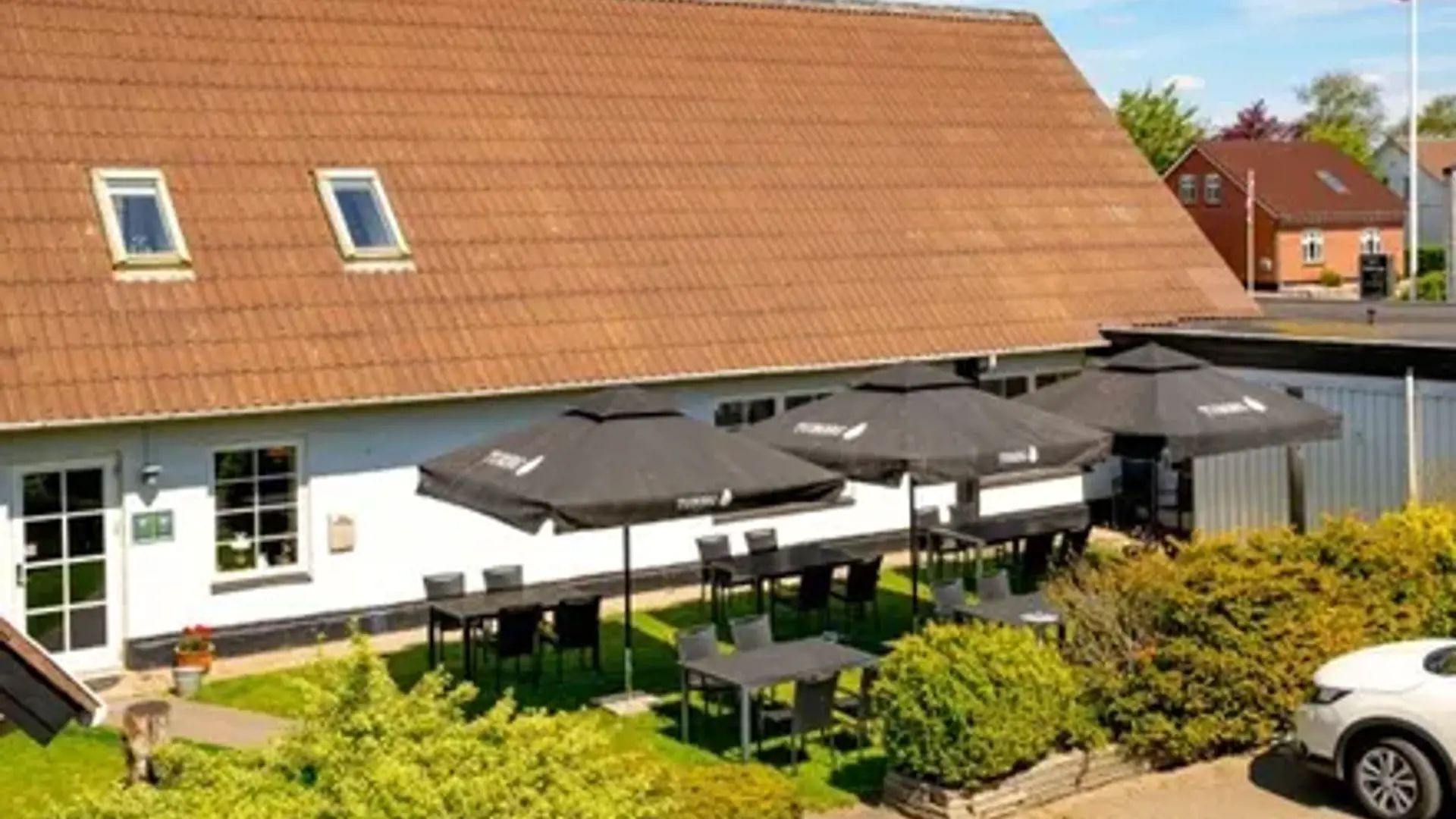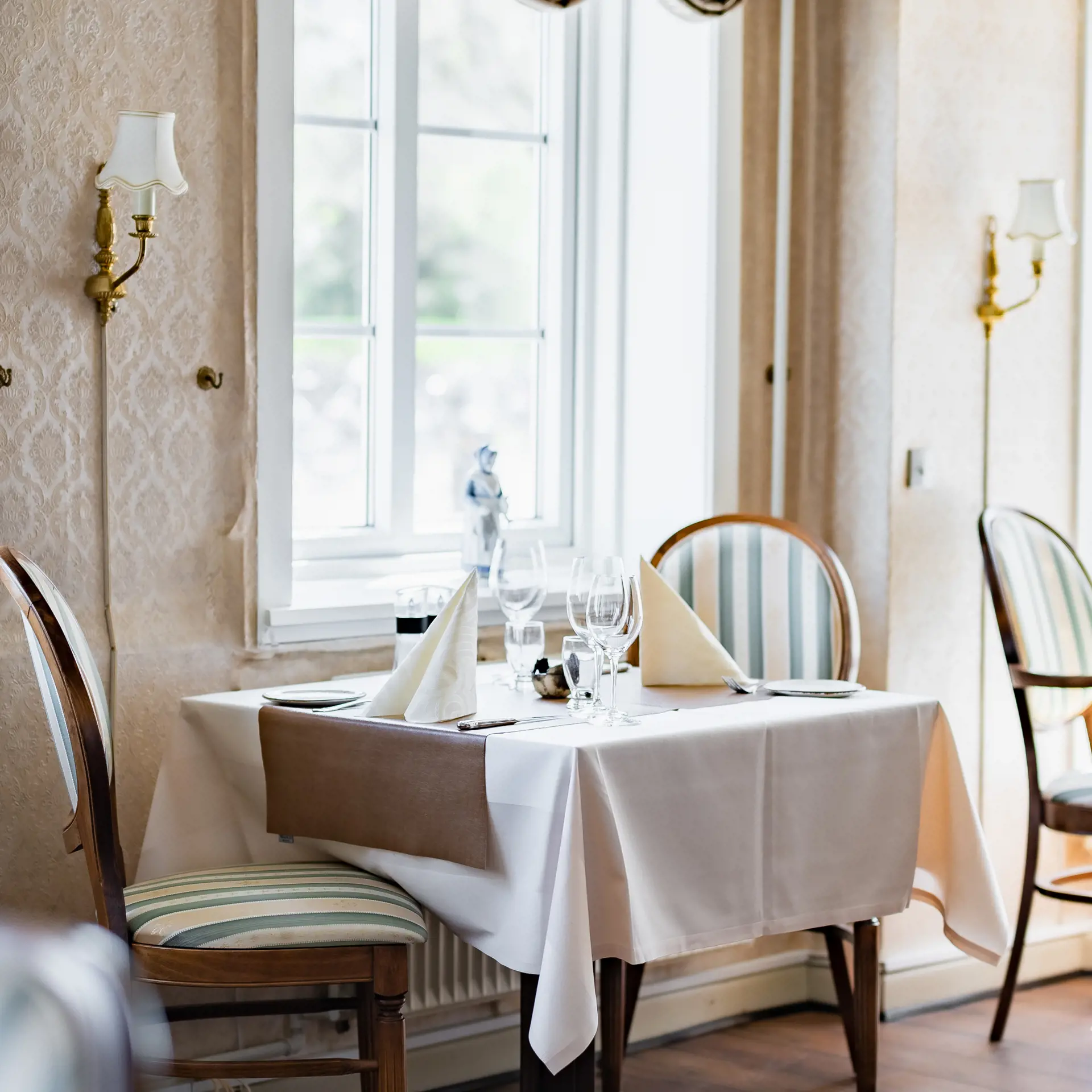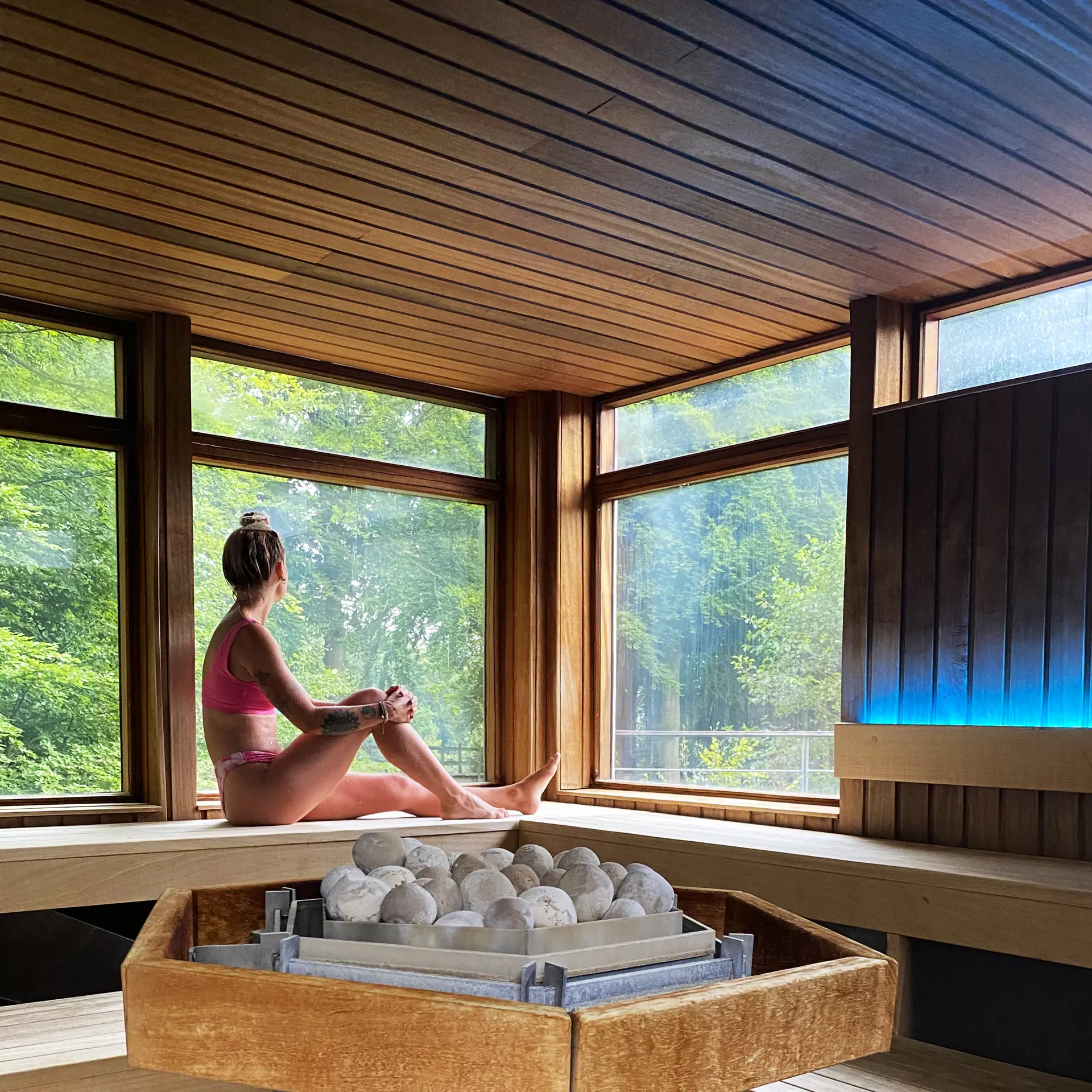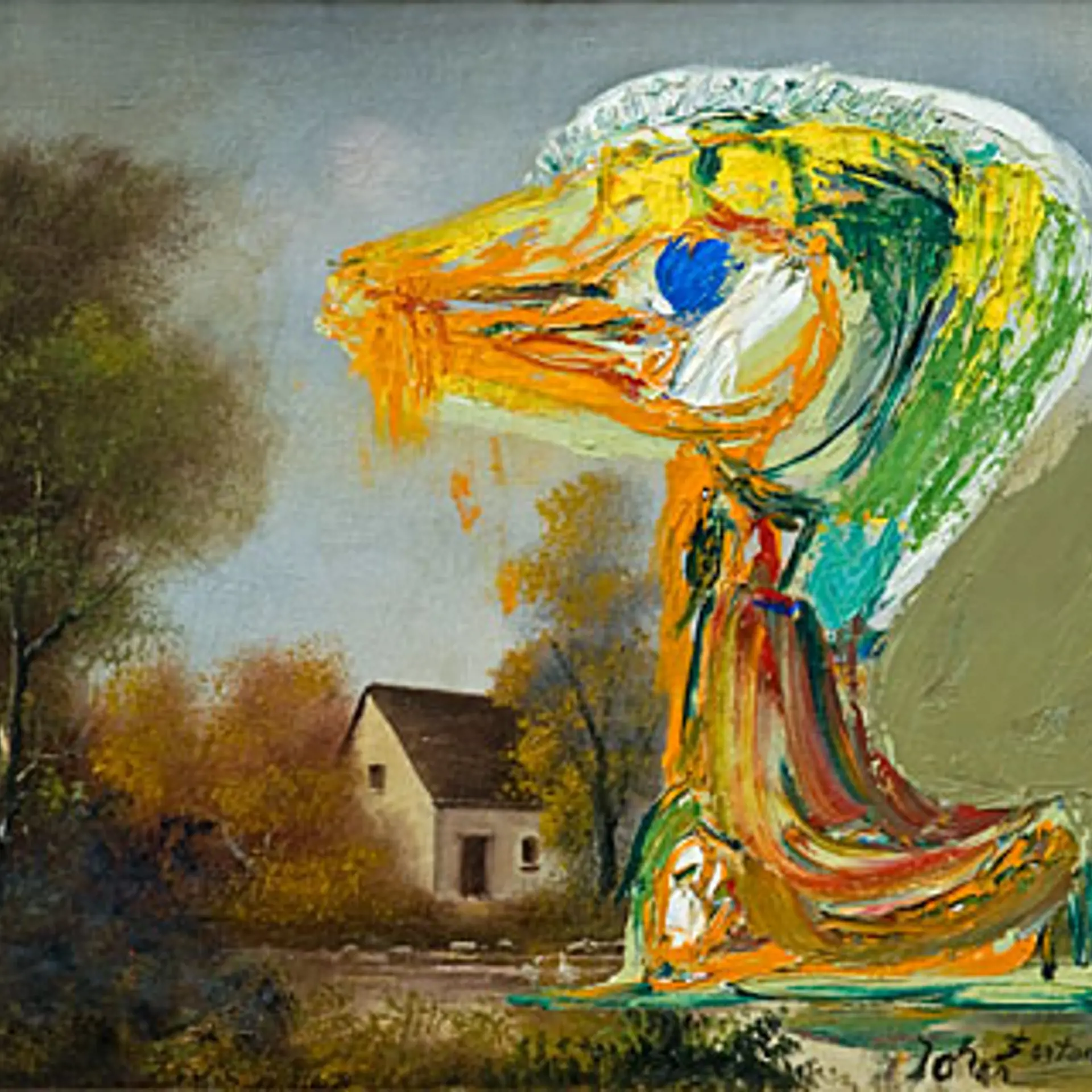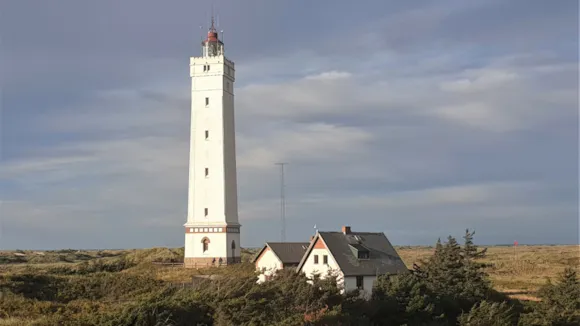FLUGT makes the big numbers and statistics relevant and tells the story of each individual. You will embark on a journey across time and place, meeting people who have had to say goodbye to everything they knew and loved. You'll follow them as they flee, through their arrival in Denmark and on to the dream of a new future.
World-renowned BIG - Bjarke Ingels Group has designed FLUGT based on the history of the area. In the refugee camp's hospital, which originally consisted of 40 small hospital and operating theatres, the architects have created a brand new museum with eight large exhibition rooms. A beautiful, curved extension ties the original wings together into one whole.
Oksbøl Camp - the largest refugee camp in Danish history
At the end of World War II, more than 250,000 German civilians arrived in occupied Denmark after a dramatic and violent escape. In the final months of the war, the Red Army's assault on Nazi Germany took a heavy toll on the civilian population, displacing millions of Germans from their homes. The largest refugee camp in Danish history, Oksbøl Camp, was built in 1945 and housed 35,000 refugees at its largest. It is in this area that the museum is now located. And it is here, both inside the museum and out in the plantation, that you will experience what life was like in the Oksbøl camp.
Refugees at all times
Refugee flows are not just a historical phenomenon. These years, the world is experiencing the largest refugee flows ever. War and persecution are driving people to flee for survival, safety and new homes. It is a topic that is omnipresent, which is why it is not only refugees of the past that you will meet in FLUGT. In the exhibition REFUGEES OF ALL TIMES, you will meet the refugees who have come to Denmark in recent times from Russia, Germany, Hungary, Vietnam, Chile, Lebanon, Iran, Bosnia, Syria, Afghanistan and most recently Ukraine.
Audio walk in the former refugee camp
Outside the museum, you can hike along the camp's original paths and roads with a guide in your ears. In the plantation, you will experience life in the camp as it was in 1946. Among other things, you will be welcomed inside Teather Oxbøl and meet some of the camp's residents. Afterwards, you can continue your walk to the Refugee Cemetery next to the museum, where up to 1800 Germans are buried. The cemetery is visited by up to 20,000 descendants every year.
